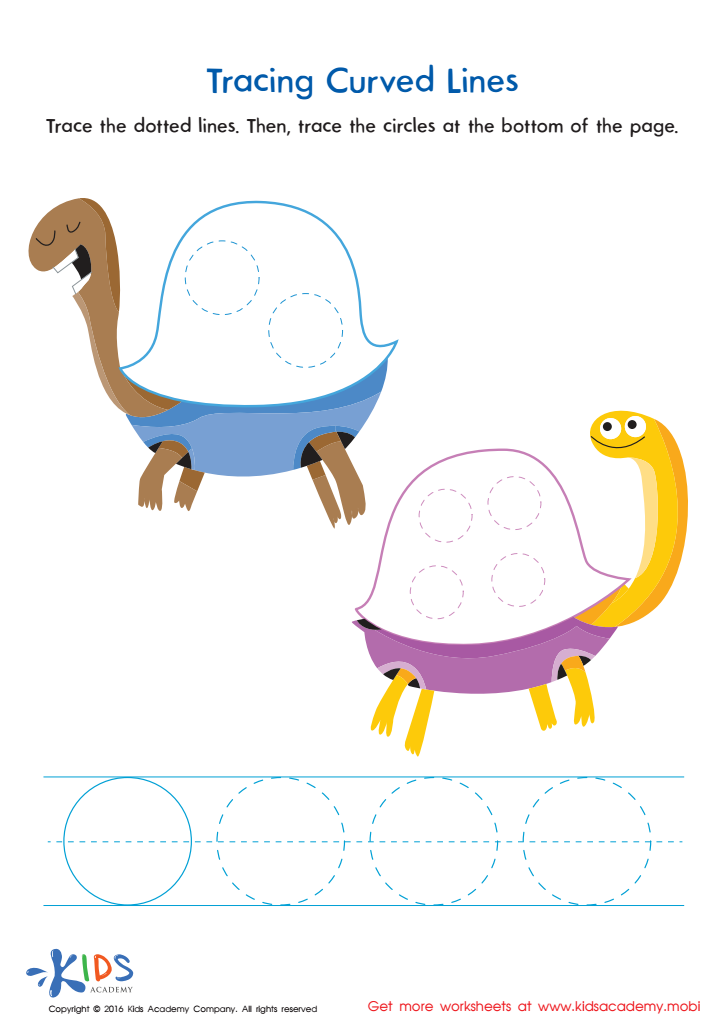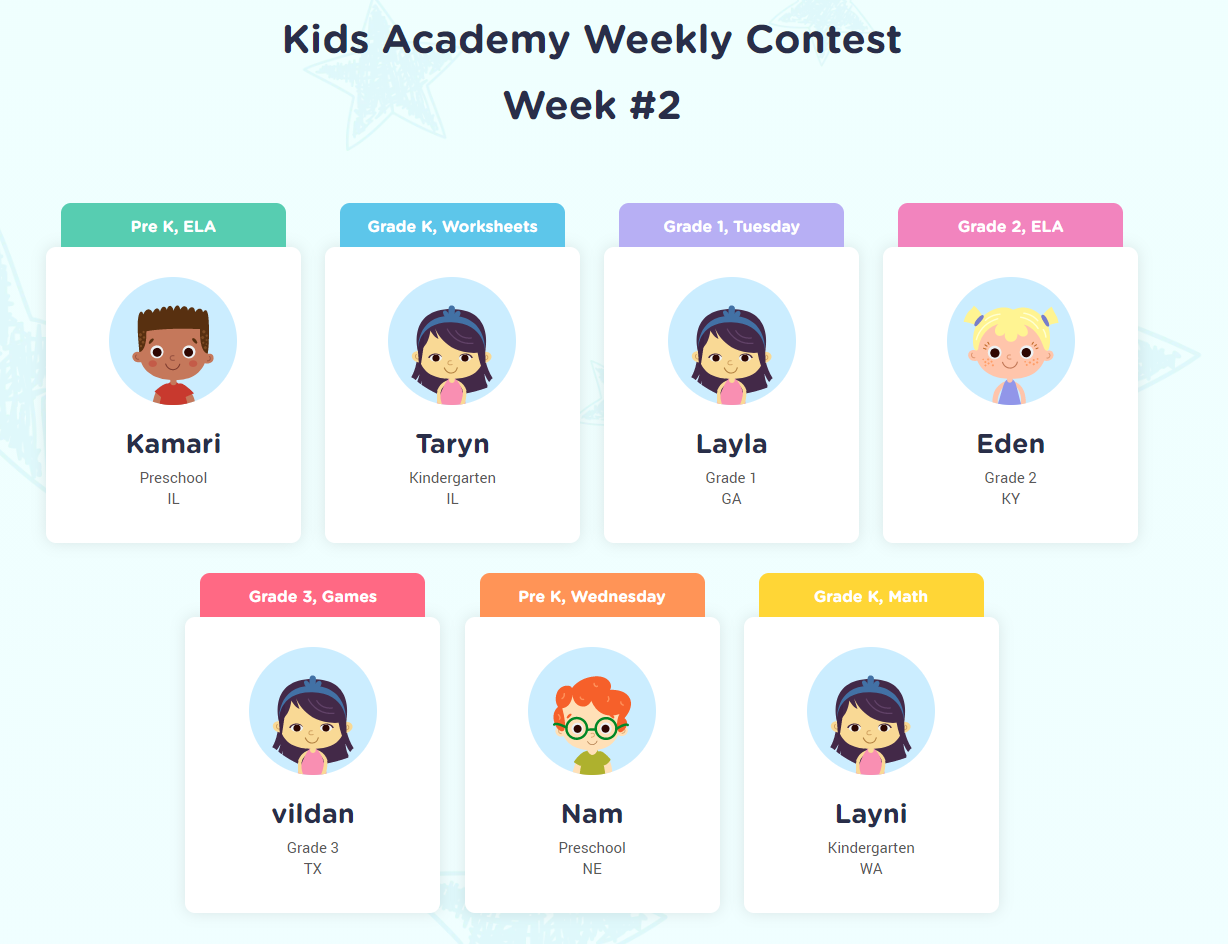Normal Tracing Lines and Curves worksheets activities for Ages 3-8
5 filtered results
-
From - To
Introduce your little ones to the exciting world of tracing with our "Normal Tracing Lines and Curves" worksheets designed for ages 3-8! These engaging activities provide a fun way to develop essential fine motor skills, hand-eye coordination, and early writing abilities. Each worksheet features clear and simple lines and curves, encouraging children to practice and build confidence as they trace their way to success. Our vibrant and interactive designs capture their imagination, making learning an enjoyable experience. Perfect for home or classroom use, these worksheets are a valuable resource in nurturing your child's foundational skills as they progress on their educational journey.
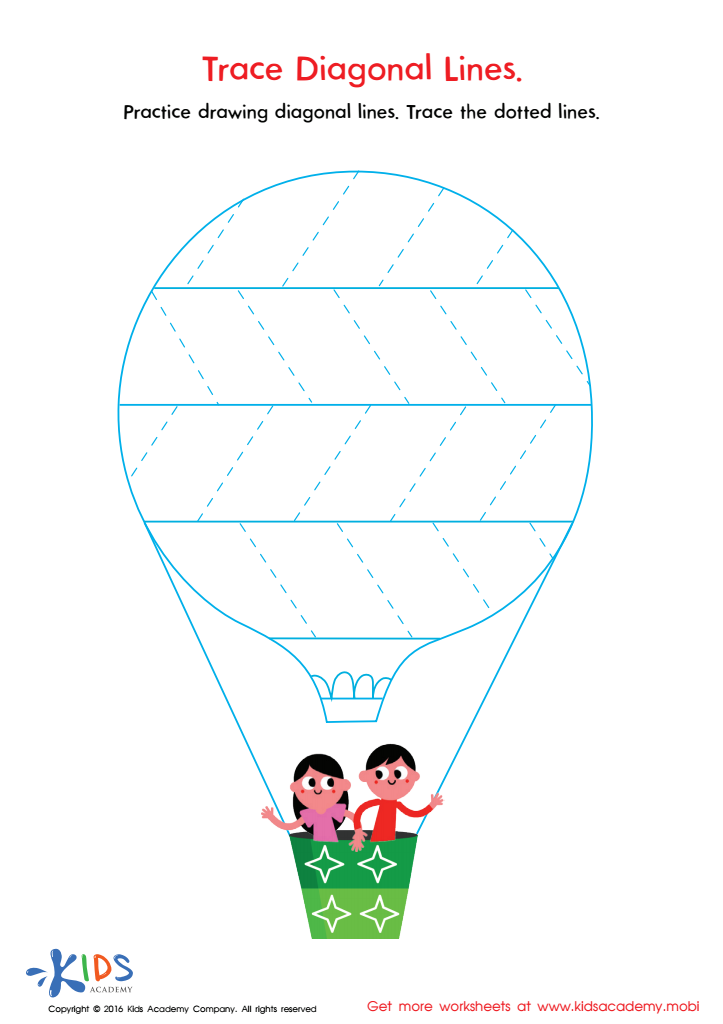

Trace Diagonal Lines Worksheet
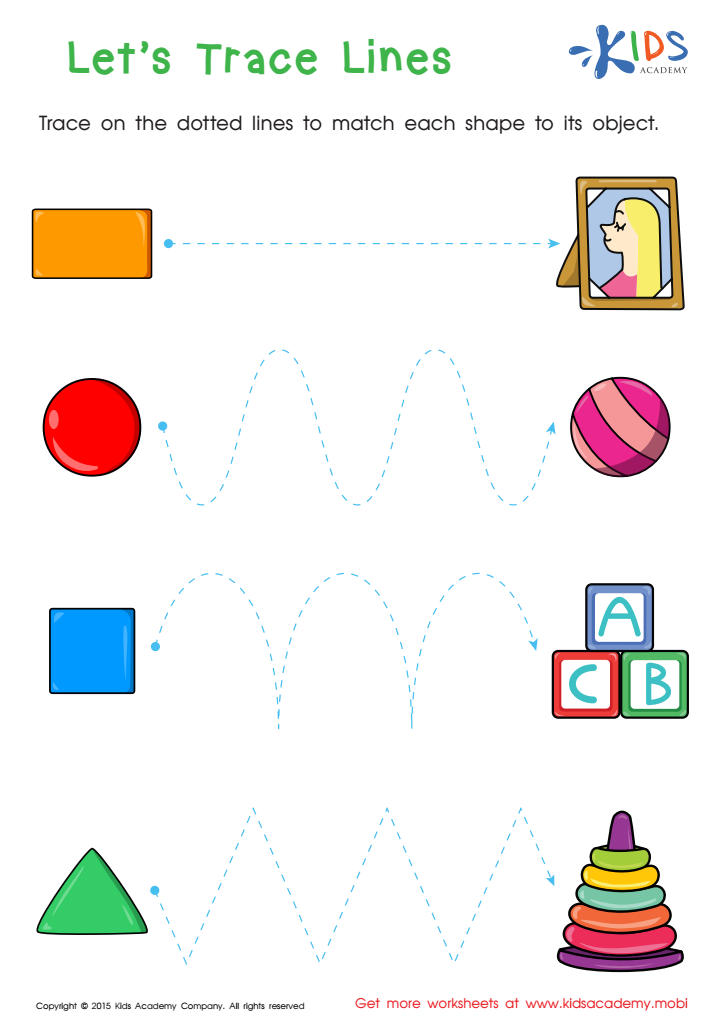

First Words: Let's Trace Lines Worksheet
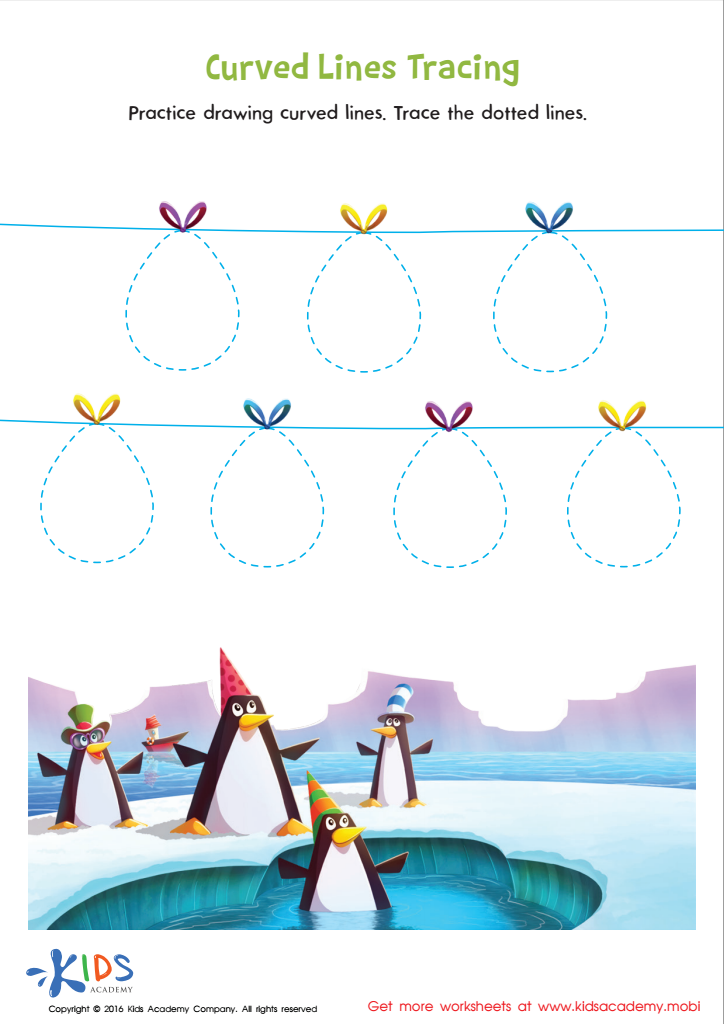

Curved Lines Tracing Worksheet
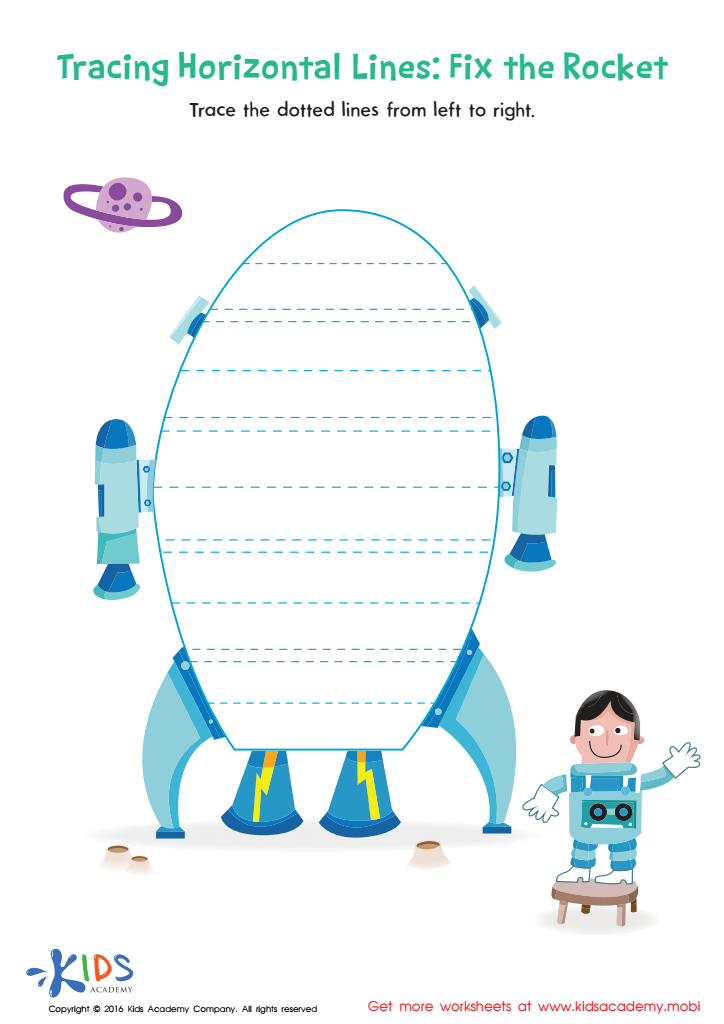

Tracing Horizontal Lines Worksheet
Normal Tracing Lines and Curves activities are essential for children aged 3-8 as they serve as foundational skills for early writing development. Engaging in these activities helps children improve their fine motor skills, enabling them to control writing instruments effectively. Mastering control over pencils, crayons, or markers is crucial for future tasks, including proper letter formation and overall legibility in writing.
Additionally, normal tracing promotes hand-eye coordination, which connects visual input with physical movements. As children trace lines and curves, they learn to navigate their environment spatially and gain confidence in their abilities. The process also encourages cognitive development by enhancing focus, concentration, and patience.
Furthermore, these activities can bolster creativity. Children not only trace existing patterns but often experiment with their own designs, fostering self-expression and imaginative thinking. It creates opportunities for collaborative learning when they engage with peers or family members.
Lastly, tracing activities can be contextually integrated into broader learning goals, such as recognizing shapes, letters, or numbers, linking art with key academic competencies. Involving parents and teachers in this educational approach emphasizes the value of early childhood education and reinforces a supportive learning environment, crucial for lifelong educational success.
 Assign to My Students
Assign to My Students
